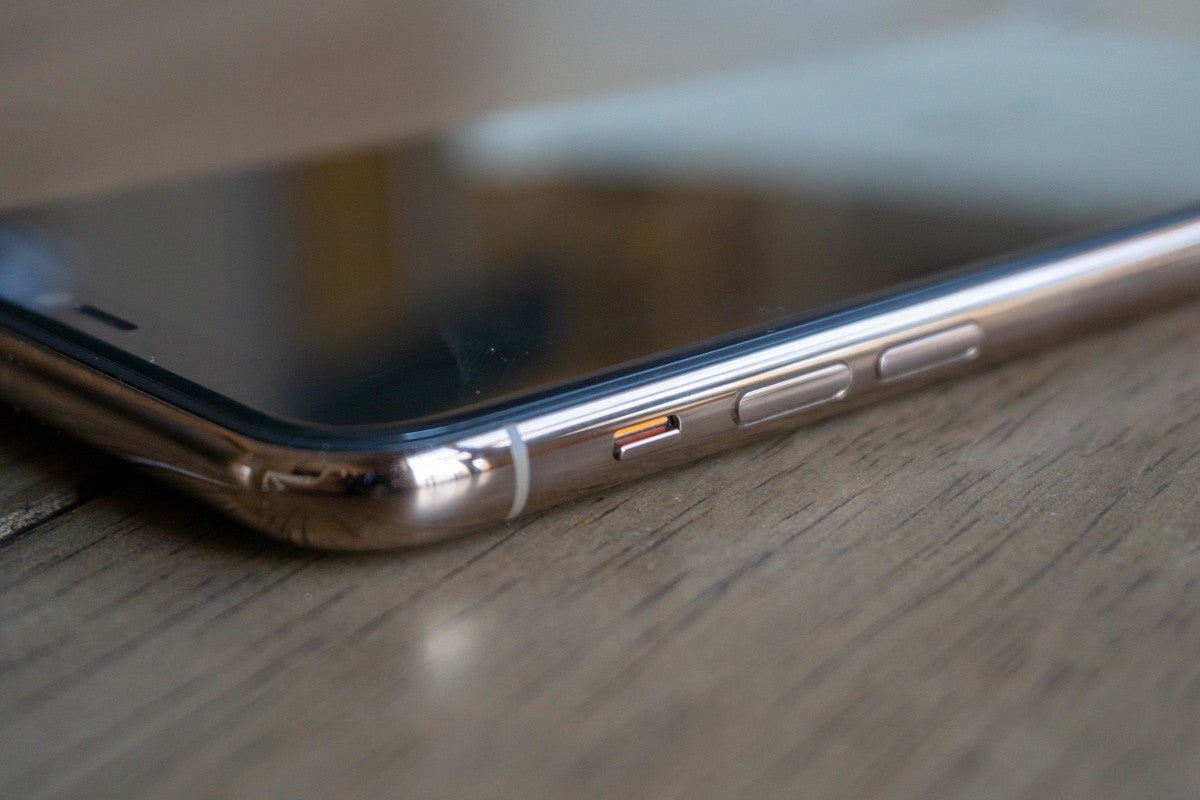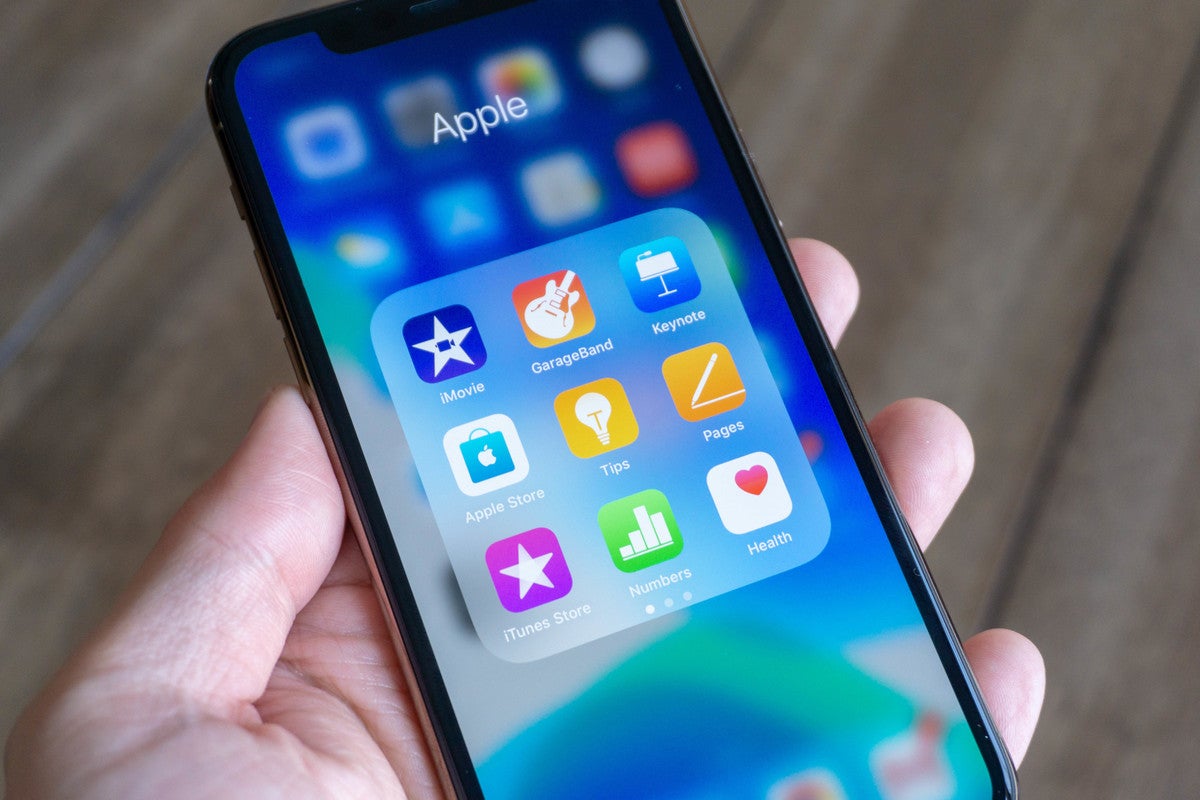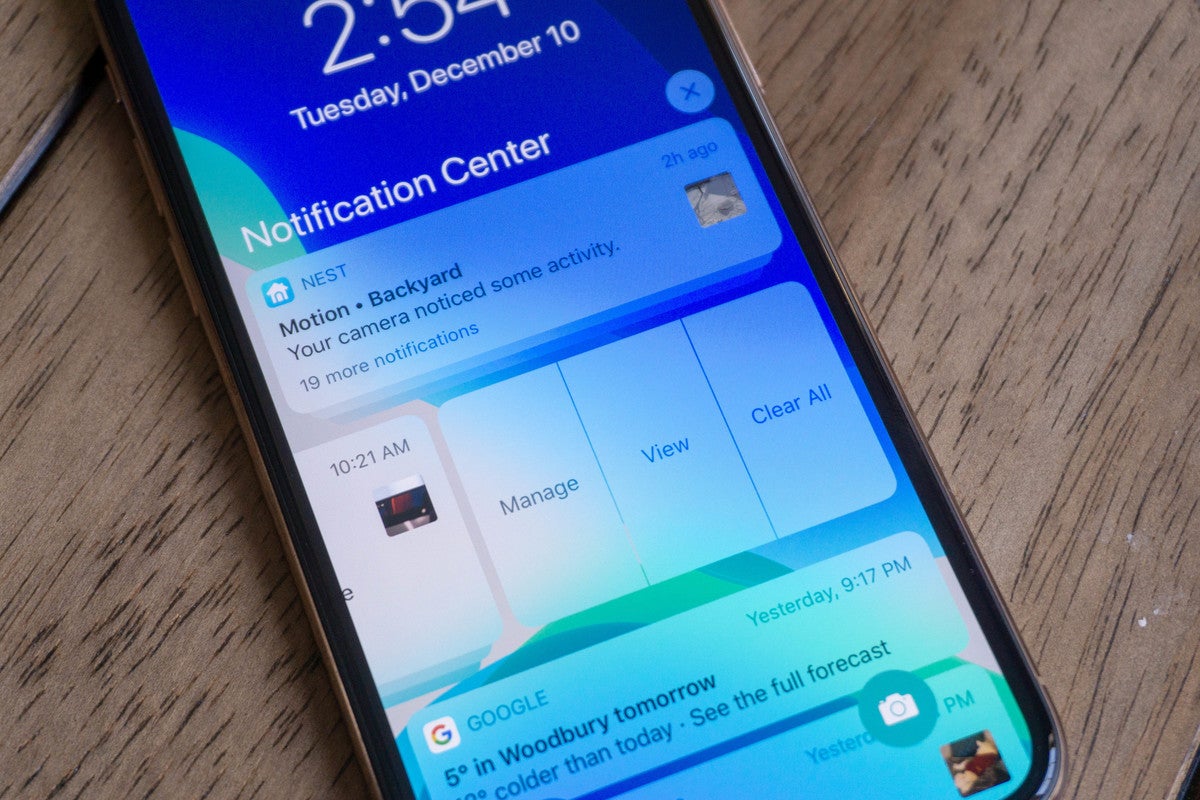Switching from Android to iPhone: Here’s where Apple’s phone wins and fails - nethertonwitesse
I hopped on the Android bandwagon early: I sold-out my iPhone 3G in 2009, bought an HTC Hero, and never looked back down. I've been using Android all day since then, writing about Google's platform Eastern Samoa a tech diary keeper. Yet, I've proved to keep pace with iPhone developments, and recently allow a week of my life to get reacquainted with Apple's smartphone.
I put all my Humanoid phones in a draftsman and settled into life with the iPhone 11 Affirmative. Admittedly, the iPhone does around things extremely well, regular for a long-fourth dimension Mechanical man user like myself. However, on that point are also plenty of things I hate with a fiery passion.
Where the iPhone wins
Orchard apple tree's Taptic Engine: Haptics are an underappreciated only beta aspect of interacting with a smartphone, and Apple understands this. The "Taptic Railway locomotive" is fundamentally a giant vibration centrifugal bolted proper to the iPhone's frame, and it's fantastic. The haptic feedback is fine and powerful, transcendent wholly Mechanical man phones on the grocery. IT can almost sense like you're pressing physical buttons happening the screen sometimes. Google's Pixel phones have away far the best haptics happening Humanoid, but even those devices are far behind Apple.
Gesticulate navigation: I was skeptical when Apple decided to make gestures mandatory for navigating its phone, but its motion scheme is a significant improvement over a physical button. In fact, Apple's gesture approach is the best I've seen. The gestures are all incredibly smooth and assume't require long swipes—it feels like you're flinging the UI around. I as wel value that the gesture pill at the keister of the screen doesn't assume overmuch space. There's a understanding Google straight-finished copied some of Apple's gestures in Mechanical man 10.

iPhone gestures beat Android phone gestures. They just do.
Battery performance: Apple prioritizes bombardment life on the iPhone, and that's a brisk convert for me. The early days of Android were a free-for-dead which app developers could do almost anything, and many apps siphoned hit battery baron with impunity. Google has tamped down on the bad excesses, just iOS has always been many plumbed. It slowly added untested features to the OS, and apps are kinder to your bombardment as a result. The iPhone 11 Pro will last an integral day, even out if you utilisation it heavily. It's about along par with Android phones with 20 to 30 percent bigger batteries.
Mute flip: The iPhone's silent mode switch is a quick, simple way to shut upwardly your earpiece. My old iPhone 3G had one, and I'm happy Apple has cragfast with it. There are placid ringer volume controls and a Do Non Disturb mode, but you have to wake up the phone to use those. The iPhone's switch doesn't move far, but it has pleasing tangible come home, and you get haptic feedback when activating silent mode. It's so easy and authentic, you can change the ringer mood while the phone is in your pocket.

The iPhone's silent mode switch reliable comes in accessible.
True Tone display: Color accuracy is a noble ideal, only that's non always good for a phone display you might be staring at for hours. Malus pumila's Actual Tone engineering science tweaks the color temperature of the video display based on environmental lighting, making it easier on the eyes. So, you get nice, bright whites inaccurate and warmer, less-distracting tones inside. The iPhone projection screen "blends in" with the world much better than other phones I've used. Google has a similar feature connected the Pixel 4, but it's nowhere near A effectual.
AirDrop: Sharing content with the internet at large is pleasing these days—there's Facebook, Twitter, Snapchat… take your pick up. But sharing something firmly with a someone true next to you is relatively difficult on Mechanical man. On the iPhone, it's a breeze thanks to AirDrop. Just hit the share bill of fare, pick AirDrop, and nearby contacts will appear look-alike legerdemain. The recipient has the option to accept or decline each shift. If you're daring, you can flush tolerate AirDrop visibleness for people who aren't in your contact list.
Where the iPhone fails
The home screen: 10 long time after I left the iPhone behind, its home screen remains most whole unchanged. This was one of the biggest pain points for me coming terminated from Android—I uncomprehensible my app drawer so much. In addition, iOS only supports basic widgets, and they're all crammed into cardinal screen on the left. It's also frustrating that every app I install ends up on the home CRT screen, forcing ME to obsessively organize this ever-expanding list of icons if I ever want to find anything. During these frequent reorganizations, the rocket launcher has a maddening habit of assuming I want to take a folder when I hover over an icon for evening a fraction of a second anywhere near another icon. The process is so tedious, I avoided installation apps I didn't dead need.
Nonpayment apps: Assay as you might, you will never escape Apple's default apps on the iPhone. You can instal antithetic browsers, email clients, and so on, simply they'll be treated like second-class apps on Apple's chopine. For example, URLs leave always open in Safari. If person sends you an plow, it'll open in Apple Maps. Apple grudgingly added support for third-party keyboards a few versions back, but they don't induce the same level of system integration as Apple's keyboard. The iPhone likewise likes to ray-enable the default Apple keyboard at seemingly random intervals. The default option app situation is a Brobdingnagian pain, peculiarly if you've grown accustomed to choosing your defaults on Android.

Apple's insistence along pushing default apps is downright vexation.
No always-on display: Apple was late to the gimpy with OLED screen technology, and it's missing one of the key benefits in real time that information technology does use them. Most Android phones have support for an always-connected display feature, sometimes called an ambient display. This allows you to see notifications and other information at a glance, and it doesn't drain the battery much because black OLED pixels use no power. Apple doesn't have anything like this, and the iPhone wakes up the full panel when you get notifications. It's upright a waste.
Notifications: Malus pumila had just enforced push notifications when I ditched the iPhone years ago. Today, Apple has a notification center that looks a fleck like Android's, but the similarities are only superficial. The iPhone's notifications direction is far, far seat Android. The earpiece dumps notifications into a different section after you've seen them once, devising it difficult to track things down. When you do get hold that notification, the snippet mightiness be too short, and notifications don't expand corresponding they do along Humanoid. You have to open apps to get Sir Thomas More linguistic context—how barbaric. Clearing notifications also requires multiple actions (like a swipe, followed by a bu). And and so we have the picture badges, which are a deeply bad way of relaying information to the user. Apps can advise for totally kinds of reasons, and the red counter doesn't order you anything about why an app wants your attention. They also have zero relationship with what's in your notice center.

Orchard apple tree's come nea to notifications is just bad Uxor. Bad, bad, bad.
Lightning and charging: I'm heavily invested in USB Type-C at this point. I have computers, headphones, cameras, and even keyboards that use the new standard. So, moving to Apple's Lightning larboard was extremely disruptive and it offered zero benefits. USB-C is non only universal, it supports super fast charging speeds. Even with Malus pumila's virgin, faster charger, more Mechanical man phones pass on it in the dust. Apple has already emotional to USB-C happening tablets and laptops, so it's probably impartial a matter of time until it does the same on phones. Until then, iPhone users are perplexed with this proprietary telegraph.
Siri: Apple was the first smartphone maker to push a virtual assistant as a game changing feature, and Siri was basically unopposed for several years. But Google Low-level is a much better experience than Siri today. Assistant has more shrewd home desegregation, a great deal better general search functionality, and it's much more skillful at savvy queries. I too like that Assistant is more than fully integrated with my information connected Android. Perhaps Apple's careful approach to seclusion is part of the job here, but I'm willing to trade a trifle privacy for a digital assistant that doesn't make me want to pull my hair out.
Note: When you purchase something after clicking links in our articles, we Crataegus oxycantha earn a small commission. Read our affiliate link policy for more details.
Source: https://www.pcworld.com/article/398640/switching-from-android-to-iphone-where-iphone-wins-and-fails.html
Posted by: nethertonwitesse.blogspot.com


0 Response to "Switching from Android to iPhone: Here’s where Apple’s phone wins and fails - nethertonwitesse"
Post a Comment